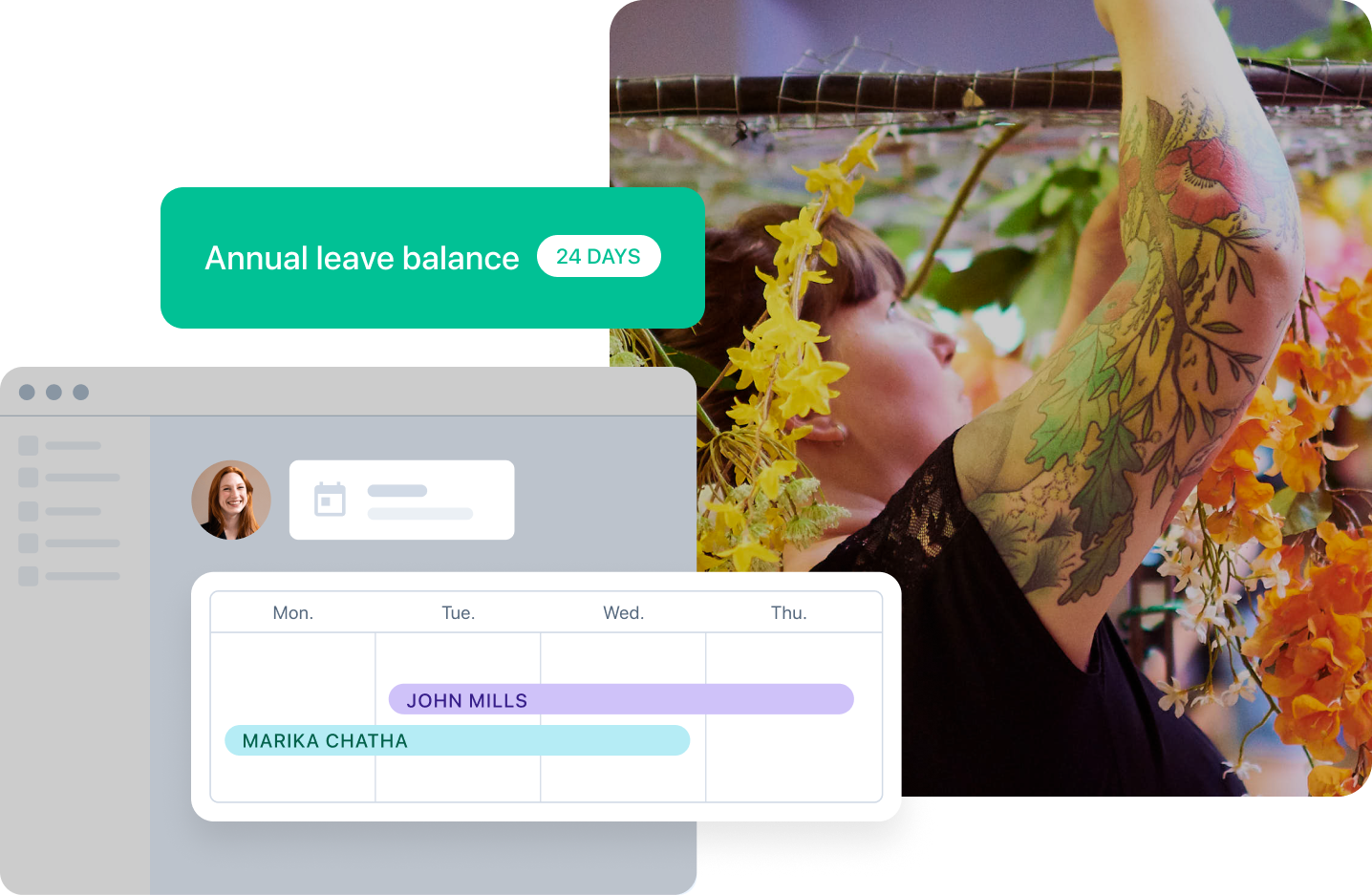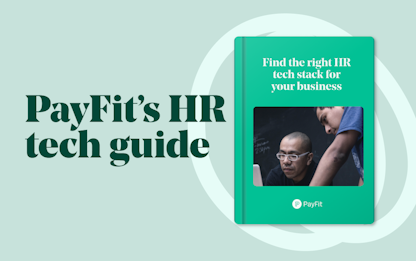- Blog
- |People management
- >Annual leave and absences
- >Carer’s Leave
Carer’s Leave - How Will the New Entitlement Work?


Juggling unpaid care responsibilities with paid work is no easy feat.
Struggling through tiredness, stress and sometimes even physical and mental health challenges can take its toll.
Unfortunately, this is the reality for millions of employees across the UK. Those who can’t take time off work to take care of a sick relative(s) can face significant challenges and stressors - both during and outside of work.
When it comes to carer’s leave, the UK severely lags behind other nations. It’s why HMRC conducted a consultation into the matter, which has led to new guidance being published on this subject.
But first: A bit of background
Back in March 2020, HMRC conducted its consultation on carer’s leave entitlement. The goal was to determine whether carers' leave from work should be a day one right for employees.
This consultation has since closed. However, HMRC followed this up with some high-level guidance on when and how employees can take leave, as well as who is eligible for it.
It's important to note: while carer's leave should become be a day one statutory right for employees, this has yet to pass as officially as legislation.
What is personal carer’s leave?
It’s a special type of leave that allows employees to take time off work to either deal with a family emergency or provide full-time care to a close friend or family member.
Why are reforms needed?
Before the pandemic, nearly 5 million people juggled paid work with unpaid care. That’s about 15% of the UK’s population.
In fact, the strain of balancing these obligations has led to an average of 600 people a day leaving their jobs to care for dependents and loved ones.
Trends show this increase isn’t slowing down - research by Carers UK estimates roughly 4.5 million people across the UK became unpaid carers during the Coronavirus pandemic, while 2.8 million people are having to juggle paid work alongside their caring responsibilities.
Who will be eligible?
According to the new guidance published, employees are the only ones who will be eligible for the new carer’s leave.
As a Day one right, there will be no need for a qualifying period - an employee can take advantage of this entitlement as soon as they need to.
The appropriate definition of ‘carer relationship’ in this context will be similar to that used for the right to time off for dependants. This could include:
A spouse or civil partner
A child
A parent
A person who lives in the same household as the employee (excluding those that are simply employees, tenants, lodgers, or boarders), or
A person who reasonably relies on the employee for care
While not yet legislated, 95% of the government consultation’s respondents agree with this definition.
The person being cared for must also have a long-term need, such as
a long-term injury or illness (either physical or mental)
A disability that falls under the Equality Act 2010, or
Issues related to old age
How will carer’s leave entitlement work?
When and how leave can be taken
At the moment, this is still being decided, though there are two options* being considered for taking leave:
As a single uninterrupted block of one whole week
More flexibly, as individual days or half-days, up to an entire week
*Both options are pro-rated for part-time employees.
Most respondents support the idea of the 2nd, more flexible approach.
Will employees be paid for carer’s leave?
While the consultation is still not closed, this right will likely remain unpaid.
What evidence do employees need to provide?
While employees are required to self-certify their entitlement, no supporting evidence is required to take carer’s leave.
Can carer’s leave be refused?
There will be substantial protections in place for employees around this type of leave. Dismissal related to caring duties will automatically be deemed as unfair.
What can carer’s leave be used for?
Through the consultation, it was found that carer’s leave could be used for the following:
Providing personal support - including keeping an eye on someone, keeping them company and staying in touch
Providing practical support - such as making meals, doing shopping for them, laundry, cleaning, gardening, maintenance and other help around the home.
Helping with official or financial matters - like paperwork, dealing with 'officials' (also over the phone and the internet), paying bills/rents/rates, collecting pension/benefits.
Providing personal and/or medical care - such as collecting prescriptions, giving medications, changing dressings, helping them move around the home, getting dressed, feeding, washing, bathing, helping them use the toilet, etc.
Making arrangements - including dealing with social services or the voluntary sector, moving someone into a care home, making home adjustments or adaptations.
89% of respondents agreed with this list, while 3% felt a list was unnecessary and that carer’s leave should be made available for any reason related to care. An even smaller percentage of respondents felt this should be limited to official reasons such as medical appointments.
Is compassionate leave the same as carer’s leave?
While not entirely different to carer’s leave, compassionate leave, or bereavement leave, should be granted to employees dealing with a death in their family or of a close loved one. This time granted is appropriate for grieving and other related plans, such as arranging or attending a funeral.
What happens next?
While the government’s consultation has taken place, no date has been set for this to pass through parliament and become legislation. Until then, carer’s leave won’t be a day one statutory right for employees.
While there is significantly more work to do to establish fair rights around this workplace entitlement, the government guidance makes it clear that it is taking this matter more seriously as a statutory right.
We will update in due course.


HR In The Boardroom - The Business Benefits Of Strategic HR

PayFit Launches New Open API for Improved Integations

The Benefits Of Flexible Working For the UK Worforce

Leave & Absence Management Made Easier

Types Of Flexible Working - A Guide For Employers

